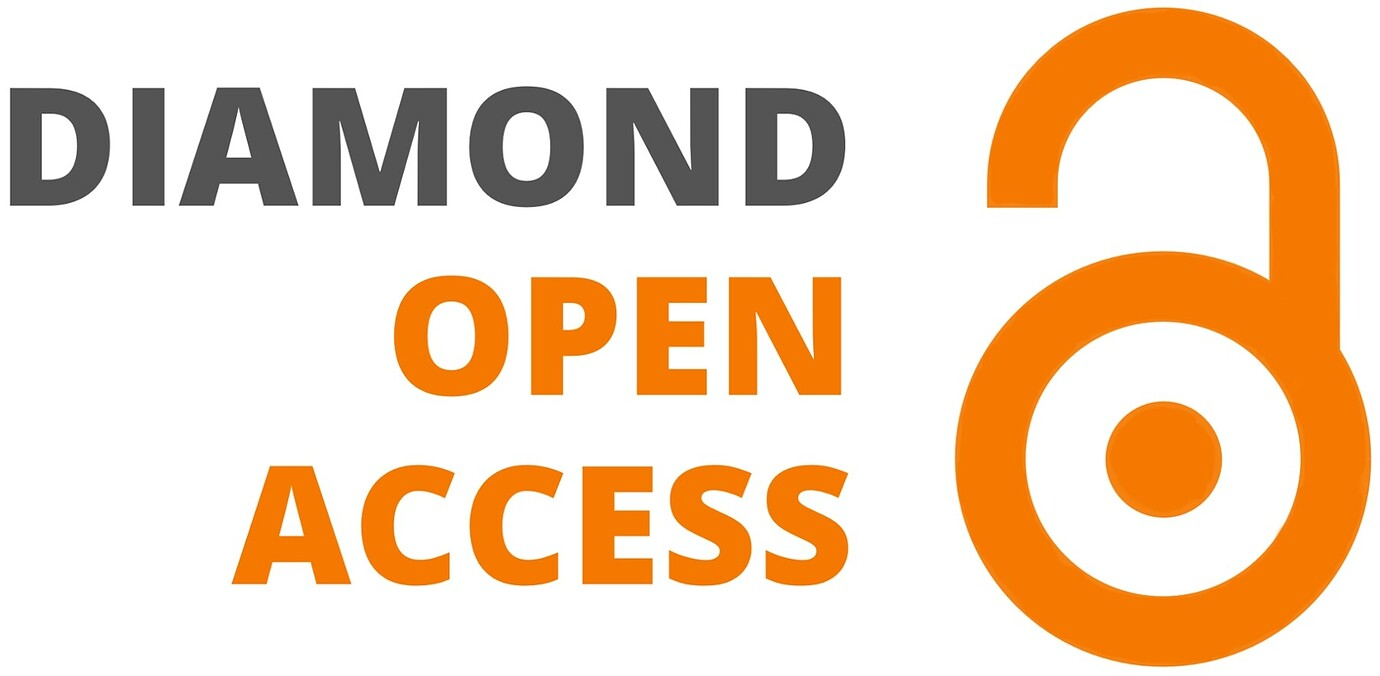Lexical boundaries errors in normal writers and children with dyslexia: a descriptive analysis
Keywords:
Dyslexia, Dysorthographia, Spelling, Lexical boundaries, Lexical representationsAbstract
Dyslexic children have great difficulties regarding spelling as well as problems with lexical boundaries. The present study intends to analyze in a detailed way and to compare errors of lexical boundaries (eg. lavie; len demain) from orthographic productions made by dyslexic- dysorthographic students (DDS) to those of children of the same chronological age (CA) and of younger students, but of the same reading age (RA). Each participant produced a written text. Then, all the errors concerning lexical boundaries were analyzed. Results showed that 1) errors of lexical boundaries were more numerous in dyslexic’s productions than in those of RA or CA; 2) children with dyslexia stand out from CA and RA on phonological plausibility as well as on written plausibility (only for segmentations); 3) ideograms and graphic blanks are causing merging and segmentation errors for all groups; 4) the majority of merging errors were not plausible in spelling for all groups, and 5) the segmentation place was mainly syllabic for all groups. Due to these results, we hypothesize the existence of a problem linked to the beginning and the end of words in dyslexic students.




